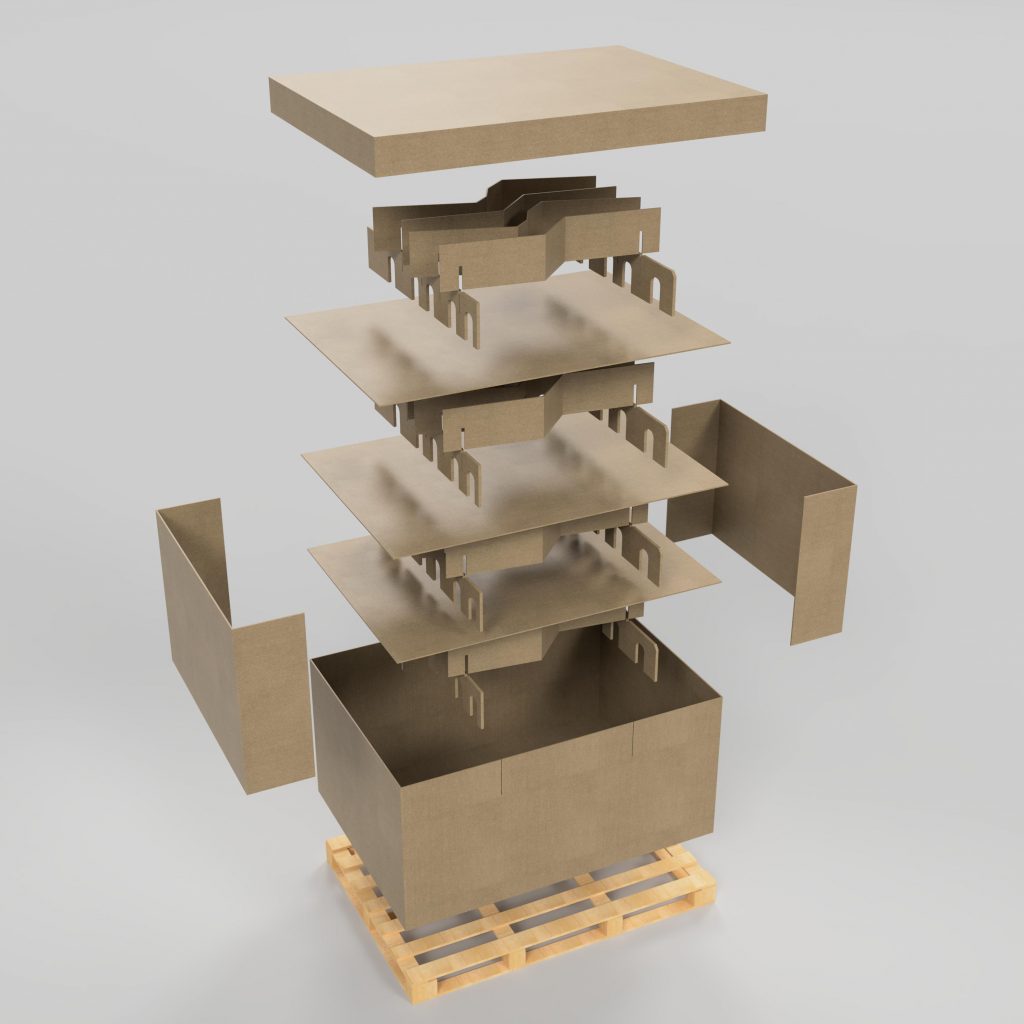By Tudor Ortan and Wolfgang Lehmacher
A fresh look at packaging systems is rewarding in many ways. Products usually come with packaging. This can be cure or curse. Packaging is value and waste. We claim that moving the needle towards a more cost-effective and sustainable direction in packaging is not difficult, provided we have the right partners.
This article highlights the overall benefits and value of a regular packaging solution review and reboot. We underline the importance of packaging in sustainability strategies and point towards quick wins.
Three big wins: from waste to value
Packaging is critical to avoid damage, and reduce cost, and a company’s carbon footprint. Packing is also a huge business opportunity. Proper packaging increases customer satisfaction and retention, as solid grounds for robust revenues and profits. Packaging can be a differentiator on the market and helps organisations to comply with regulations.
1. Safe and sustainable packaging
According to Packaging Digest, 11% of unit loads that arrive at a distribution centre have some level of case damage. While material handling policies and storage procedures play a role, this is usually not a logistics challenge but a result of shortcomings in packaging.
Increasingly goods are handled and moved with robots, AGVs, and cranes. Packaging must cater to this new reality which justifies a rethink of packaging solutions and programmes. Also, tightened sustainability regulations require a periodical review of packaging solutions, in place and available on the market.
2. Optimising the batch High-value products transported at scale require solid inner packaging. This needs to be designed with deep product knowledge and diligence. While the protection of the merchandise is paramount, the capacity (part/pallet) should be investigated as well (Figure 1).

Both horizontal nesting of elements, an arrangement of goods that reduces void between products, and vertical capacities, which allows for accurate bagging at rapid rates per minute decreases the carbon footprint and cost of transport by double-digit margins. We recommend staying abreast with the latest developments in packaging innovation and design.
3. Capacity optimisation
The shipping container is one of the most visible innovations in transport and supply chain, while container packaging innovation stays in the dark. A customised approach to design can be highly beneficial. The impact depends on the nature of the goods. A simple rule is that interior packaging needs to fit the dimensions of the container, protecting the cargo in a sustainable way.
Thicknesses can be reduced to fit container dimensions. Loading containers is about optimisation. Packaging parts, like wooden elements and stronger cardboard materials, can increase resistance. Pallet configuration and optimisation tools can help to optimise the loads, and iterating individual element fixings can trigger new pallet patterns. The more one fits into a unit the lower are costs and emissions.
Closing thoughts – collaboration is a big plus
Prototyping and testing are important steps in developing highly optimised and solid packaging. With continuous advancements in packaging testing, both standard and non-standard packaging materials and solutions can be optimised and improved twofold: first, we can increase material quality to ensure transport safety, and second, we can reduce packaging, and material needs to save costs and emissions.
Every major improvement requires alignment. Marketing, procurement, and logistics should work together to unleash the full social, environmental, climate, and economic potential of advanced packaging solutions. Practicing collaboration is an important investment that pays off not only in optimising packaging but in many areas.
There is hardly anything that should block us from regularly evaluating the level of optimisation of the packaging materials and solutions that we use. Such a periodical exercise can contribute in many ways to the success of our business. Advanced and sustainable packaging improves the top and the bottom line.
About the authors
Tudor Ortan is CEO and founder of Zaleco, a leader in innovative packaging systems. The entrepreneur, with a master’s degree in finance and banking, and former business development manager at Vest Lantcabrom, founded Zaleco in 2011. The renowned trailblazer in the sector partners with household names and brands like Emerson Electric, Flex, and Eaton Corporations.
Wolfgang Lehmacher is partner at Anchor Group and advisor at Topan AG. The former director at the World Economic Forum, and CEO Emeritus of GeoPost Intercontinental, is an advisory board member of The Logistics and Supply Chain Management Society, Singapore, ambassador F&L, Brussels, advisor GlobalSF, RISE and Zaleco, and member of the think tanks Logistikweisen in Germany and NEXST in Singapore.


Leave a Reply